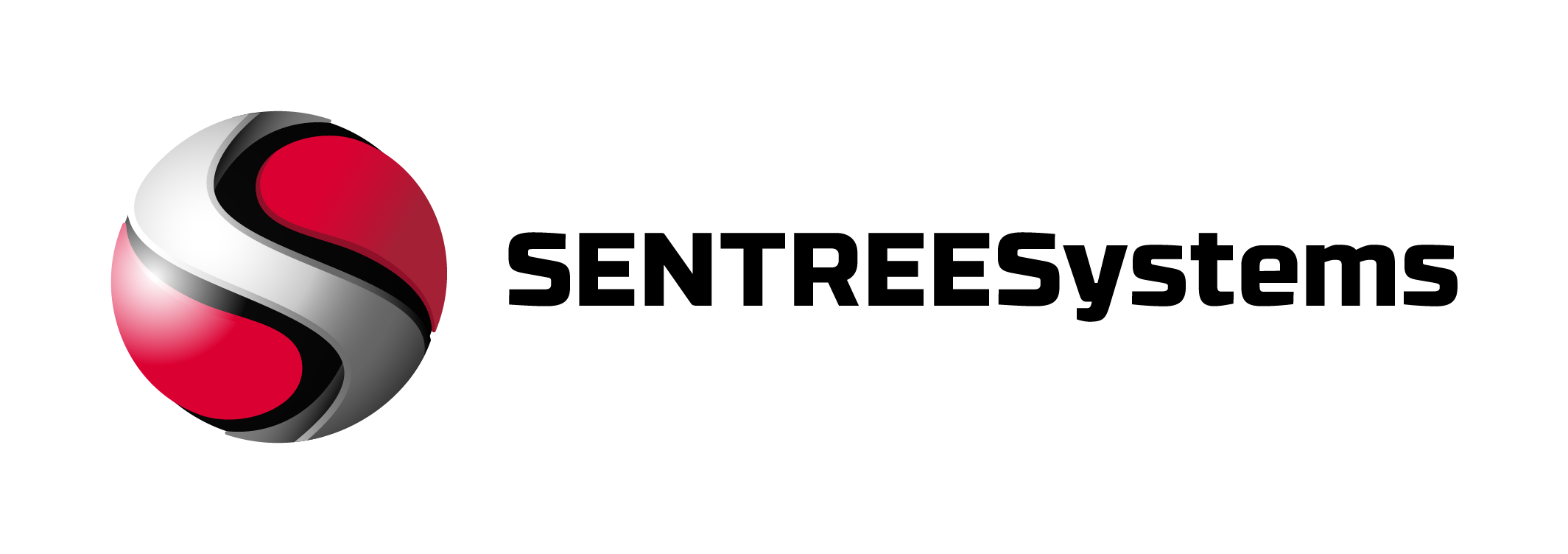How to Choose an AI Security Provider SME for Your Small Business
Navigate the complex world of AI-powered cybersecurity solutions with this practical guide for small and medium enterprises seeking reliable protection.
Small businesses face a critical decision when selecting cybersecurity protection: traditional security tools that drain resources, or AI-powered solutions that promise enterprise-grade protection at SMB-friendly prices. The right ai security provider sme can transform your security posture from reactive to proactive, but the wrong choice leaves you vulnerable while burning budget on ineffective tools.
Key Takeaways
- Start with pilot deployments to validate AI security effectiveness before full rollout
- Prioritize native AI integration over “bolted-on” AI marketing claims
- Evaluate total cost of ownership including implementation and training, not just licensing
- Demand transparency in AI decision-making and threat detection processes
- Choose comprehensive coverage across email, endpoints, network, and cloud environments
What Should Small Businesses Deploy First for AI Security?
Email security with AI-powered phishing detection should be your first priority, as email remains the primary attack vector for over 90% of successful breaches targeting SMBs.
A 45-employee consulting firm implemented AI email security after receiving sophisticated business email compromise attempts. The system immediately flagged three impersonation attacks that traditional filters missed, preventing potential financial losses exceeding their annual security budget. Within 30 days, false positives dropped to less than 2% while threat detection improved dramatically.
This recommendation comes from analyzing hundreds of SMB security deployments across various industries over the past five years.
Understanding AI Security Provider SME Technology Options
EDR vs XDR
Endpoint Detection and Response (EDR) focuses on individual device protection, while Extended Detection and Response (XDR) correlates signals across endpoints, email, network, and cloud. SMBs with limited IT staff typically benefit more from XDR’s unified approach.
UEBA
User and Entity Behavior Analytics uses AI to establish normal behavior baselines, then flags anomalies that indicate compromise. This proves particularly valuable for detecting insider threats and compromised credentials that traditional signature-based tools miss.
SIEM/SOAR vs MDR/MSSP
Security Information Event Management (SIEM) and Security Orchestration Automated Response (SOAR) require dedicated analysts to manage effectively. Managed Detection and Response (MDR) or Managed Security Service Providers (MSSP) handle this complexity for you, making them more practical for most SMBs.
NIST CSF Mapping
The NIST Cybersecurity Framework provides structure: Identify assets and risks, Protect through access controls and training, Detect threats with monitoring, Respond to incidents systematically, and Recover operations quickly. For healthcare organizations, ensure your ai security provider sme addresses HIPAA Security Rule requirements including audit controls, integrity controls, and transmission security.
AI Security Solution Comparison
| Control | What it does | Notes for SMBs |
|---|---|---|
| Email security | URL/file analysis, impersonation defense | Essential first step; high ROI |
| Endpoint (EDR) | Behavior analysis, rollback | Critical for remote workers |
| XDR | Cross-signal correlation | Better than point solutions for small teams |
| Network analytics | Traffic pattern monitoring | Valuable for on-premises infrastructure |
| MDR add-on | 24/7 detection & response | Recommended for organizations under 100 employees |
What Does AI Cybersecurity Cost for a 25-50 Person Team?
Expect to budget between $15-45 per user monthly for comprehensive AI security coverage, with significant variation based on features and vendor (as of January 2025).
- Email security: $3-12 per user monthly (as of January 2025)
- Endpoint protection: $8-25 per user monthly (as of January 2025)
- XDR platforms: $20-50 per user monthly (as of January 2025)
- MDR services: $2,000-8,000 monthly base plus per-user fees
Measure ROI through reduced Mean Time to Detection (MTTD), faster Mean Time to Response (MTTR), prevented incidents, and avoided downtime. The CISA Small Business Cybersecurity Guide emphasizes that preventing one major incident typically covers several years of security tool investment. The FTC’s cybersecurity guidance for small businesses reinforces this cost-benefit analysis.
How Do You Evaluate AI Security Vendor Claims?
Request proof-of-concept demonstrations using your actual environment and threat types, not sanitized demos with perfect conditions.
Ask specific questions about AI implementation: Is the AI truly native to the platform or added for marketing? What percentage of alerts require human review? How does the system handle false positives and model drift over time?
Demand transparency in threat detection logic. Black-box systems that can’t explain their decisions create unacceptable risks in security contexts. Legitimate vendors provide reasoning chains and evidence trails that analysts can verify.
Verify third-party testing results from organizations like SE Labs, AV-Test, or MITRE ATT&CK evaluations. Self-reported metrics often lack the rigor needed for confident decision-making.
Check integration capabilities with your existing Microsoft 365, Google Workspace, or other business systems. Smooth data exchange prevents operational disruptions while enabling comprehensive threat visibility.
Implementation Strategy
Phased Deployment Approach
Begin with a 30-60 day pilot targeting your highest-risk area, typically email security or endpoint protection. This validates vendor promises before full commitment while building internal confidence in AI capabilities.
Training Requirements
Allocate time for staff training on AI tool interpretation and response procedures. **AI enhances human judgment rather than replacing it**—teams need to understand when to trust AI recommendations and when to apply critical thinking.
Managed vs Self-Managed
Organizations with fewer than 100 employees and limited security expertise typically achieve better outcomes through managed services. Self-managed deployments require 24/7 monitoring capabilities that most SMBs cannot sustain cost-effectively.
Red Flags to Avoid
Vendors requiring extensive customization suggest platforms that don’t adapt well to diverse organizational needs, creating implementation risk and ongoing dependency.
Unwillingness to provide trials raises concerns about solution maturity. Legitimate vendors welcome validation through proof-of-concept deployments.
Vague AI explanations often indicate marketing language rather than genuine artificial intelligence capabilities. Demand specific details about model training, update frequency, and performance metrics.
Non-transparent pricing that requires custom quotes for every prospect creates budget uncertainty and suggests vendors lack confidence in their value proposition.
Unrealistic protection guarantees demonstrate poor understanding of cybersecurity fundamentals—security involves risk management, not absolute prevention.
Conclusion
Selecting the right ai security provider sme requires moving beyond marketing claims to evaluate actual capabilities, integration quality, and total cost of ownership. **Start with email security, demand AI transparency, and prioritize vendors offering comprehensive coverage with managed service options**. The cybersecurity landscape has evolved beyond point solutions—successful SMBs need integrated AI platforms that enable sophisticated defense without requiring large security teams.
FAQ
How quickly can SMBs see results from AI security implementations?
Most organizations notice improved threat detection within the first week, with significant false positive reduction achieved by week 3-4. A properly configured ai security provider sme typically demonstrates clear value within 30 days through measurable improvements in detection speed and accuracy.
Should small businesses choose AI security over traditional antivirus?
AI security solutions provide superior protection against modern threats like zero-day exploits and fileless attacks that traditional signature-based antivirus cannot detect. The cost difference has narrowed significantly, making AI the better choice for most SMBs.
What happens if our AI security system makes mistakes?
Quality AI security platforms include human oversight mechanisms and provide clear reasoning chains for their decisions. False positives are inevitable but should decrease over time as the system learns your environment. Maintain backup verification procedures for critical security decisions.
Do we need different AI security for remote workers?
Remote workers require endpoint protection that functions independently of corporate networks, plus enhanced email security due to increased phishing targeting. Choose solutions that provide consistent protection regardless of user location.
How do we know our AI security provider protects our data?
Verify that vendors encrypt data in transit and at rest, maintain SOC 2 compliance, and clearly document their data retention and usage policies. Reputable providers explicitly state they don’t train AI models on customer data.
Can SMB email protection work with our current Microsoft 365 setup?
Most AI security providers integrate seamlessly with Microsoft 365 through APIs, enhancing rather than replacing built-in protections. Look for solutions that add advanced threat detection while preserving your existing email workflows.
Is it worth paying more for managed detection and response services?
For organizations without dedicated security staff, MDR services typically provide better protection and faster response than self-managed tools. The additional cost often proves worthwhile when considering the expertise and 24/7 monitoring capabilities included.



